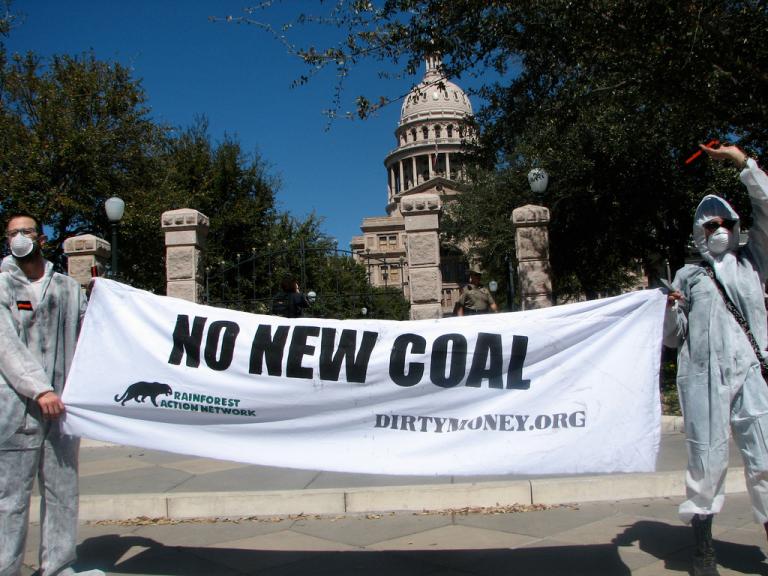Waking up in my hotel room across the street from the 13th annual Harvesting Clean Energy Conference Monday, I hit the light switch. Nothing. I try a few other switches and then look out at the hall to confirm it’s a blackout.
But I can see out the window the lights of the Oregon State University campus shining into the still darkened sky. It turns out that while a blackout has engulfed Corvallis in darkness, the campus location is lucky 13 for the conference. The original location in a building on the edge of campus is dark, but the conference easily relocates to a lit up building next door.
Everyone is speculating why the Beavs campus still has juice, but at my table is someone who I think will have the answer, Dave Sjoding, who directs the Northwest Clean Energy Applications Center. Turns out Dave does, and for good reason. He is one of the Northwest’s gurus on combined heat and power plants. He tells me the OSU campus has a CHP unit that it just installed about three years ago. We are lit by the campus microgrid.
Because it is highly efficient, unlike most power plants not letting the heat go to waste but using it in campus buildings, the plant received support from Climate Trust for reduced carbon emissions and the Oregon Department of Energy through business tax credits. And it is located in the nation’s only LEED platinum certified energy facility. The plant currently uses natural gas but could also use biogas or biodiesel. So from the standpoint of energy efficiency and the potential to use bioenergy as it becomes available, the plant is an example of the kind of clean energy success the conference has promoted since it started in 2000.
The message, as Washington State Bioenergy Coordinator Peter Moulton noted, is the “resiliency of distributed energy sources. “ As we come to live in a more climate-turbulent world, we will need distributed energy not just to reduce the carbon emissions driving global warming, but also to deal with the consequences of the carbon that’s already up there. Superstorm Sandy, leaving wide swathes of the New York-New Jersey area blacked out for days and weeks, also sent that message.
I originally reported that the blackout was caused by a substation blow-up, which would have been a failure in the local power grid. But it turns out that was incorrect, and the actual reason strengthens the distributed energy message even more. The cause was a cracked insulator in a transmission line bringing power in from a distant plant. Since Corvallis is served by PacifiCorp, that line could well have been carrying coal power from the Rockies. And unlike in the local microgrid, around 9 percent of the juice would have leaked out of lines along the way. The power lighting the conference hall was fundamentally more efficient.
With two slides, Renewable Northwest Project Director Rachel Shimshak underscored the huge success of clean energy in the Northwest in an opening “How far we’ve come” session. The first was a map of Northwest clean energy projects in 1998, one small windfarm in the four NW states. Then she put up the 2013 map, literally dozens of projects in wind, solar, geothermal, biomass, even wave energy. The figures are huge – $13 billion in investment in Oregon and Washington alone. 7,000 megawatts in installed facilities, enough power generated to supply 1.7 million homes. Oregon is now the nation’s #4 wind state, and Washington is #7.
Mike McArthur, who heads up Oregon Association of Counties and was a Sherman County, Oregon commissioner, provided another indicative statistic. The county is now home to 1,000 megawatts in wind power. One 35th in Oregon per capita income, it has moved into the #2 position due to a combination of wind revenues and good wheat prices.
Fossil fuel interests have mounted increasing attacks on clean energy. That includes funding efforts in the Northwest aimed at undermining advanced clean energy policies in Oregon and Washington such as our Renewable Energy Standards. They have blown up bankruptcies such as Solyndra to smear clean energy, distorting the reality that all new industries have shake-outs. There were 500 car companies in 1900, and we haven’t seen a new Commodore computer in quite some time. But clean energy continues to grow, as the Northwest experience proves, and the fact the fossils feel compelled to attack is the best testimony they are feeling the competitive pressure.
So a conference that could go on and an industry that is burgeoning demonstrate, in small and large ways, that Northwest clean energy policies have been a grand success. We are indeed harvesting clean energy and building a firm foundation of prosperity for our regional economy. Let’s push back the fossils and keep moving forward.



